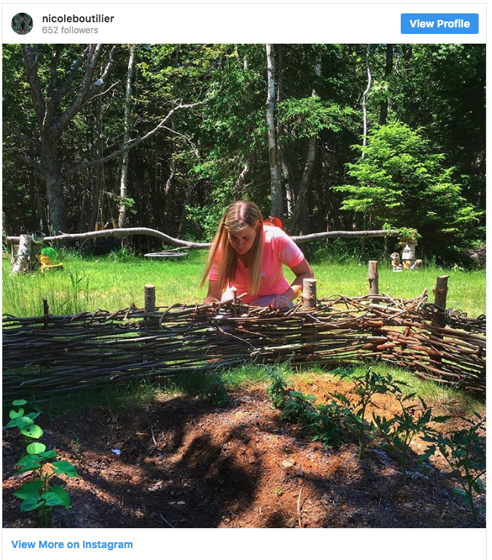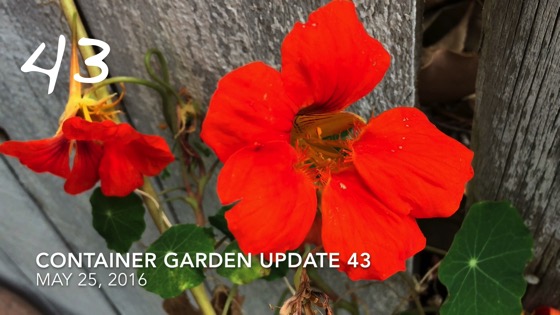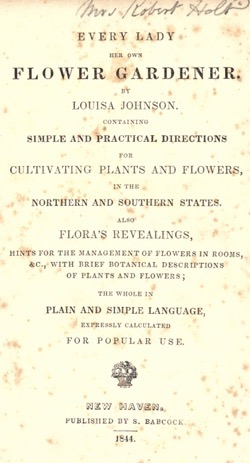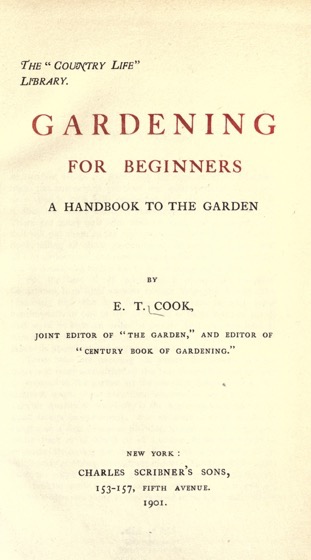I’ve always loved the look of wattle fencing. It is a bit time consuming to build yourself, but it is an excellent way of using on-site materials to brighten yo your garden or homestead. All it takes are some sticks and time. — Douglas
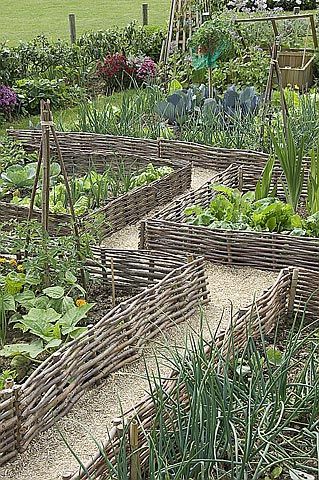
You’ll find more example of wattle fencing and edging — along with some instruction — over at Insteading.com
Wattle Information from Wikipedia
Wattle is a lightweight construction material made by weaving thin branches (either whole, or more usually split) or slats between upright stakes to form a woven lattice. It has commonly been used to make fences and hurdles for enclosing ground or handling livestock. The wattle may be made as loose panels, slotted between timber framing to make infill panels, or it may be made in place to form the whole of a fence or wall. The technique goes back to Neolithic times.
It forms the substructure of wattle and daub, a composite building material used for making walls, in which wattle is daubed with a sticky material usually made of some combination of wet soil, clay, sand, animal dung and straw. Wattle and daub has been used for at least 6,000 years, and is still an important construction material in many parts of the world. This process is similar to modern lath and plaster, a common building material for wall and ceiling surfaces, in which a series of nailed wooden strips are covered with plaster smoothed into a flat surface. Many historic buildings include wattle and daub construction, and the technique is becoming popular again in more developed areas as a low-impact sustainable building technique
